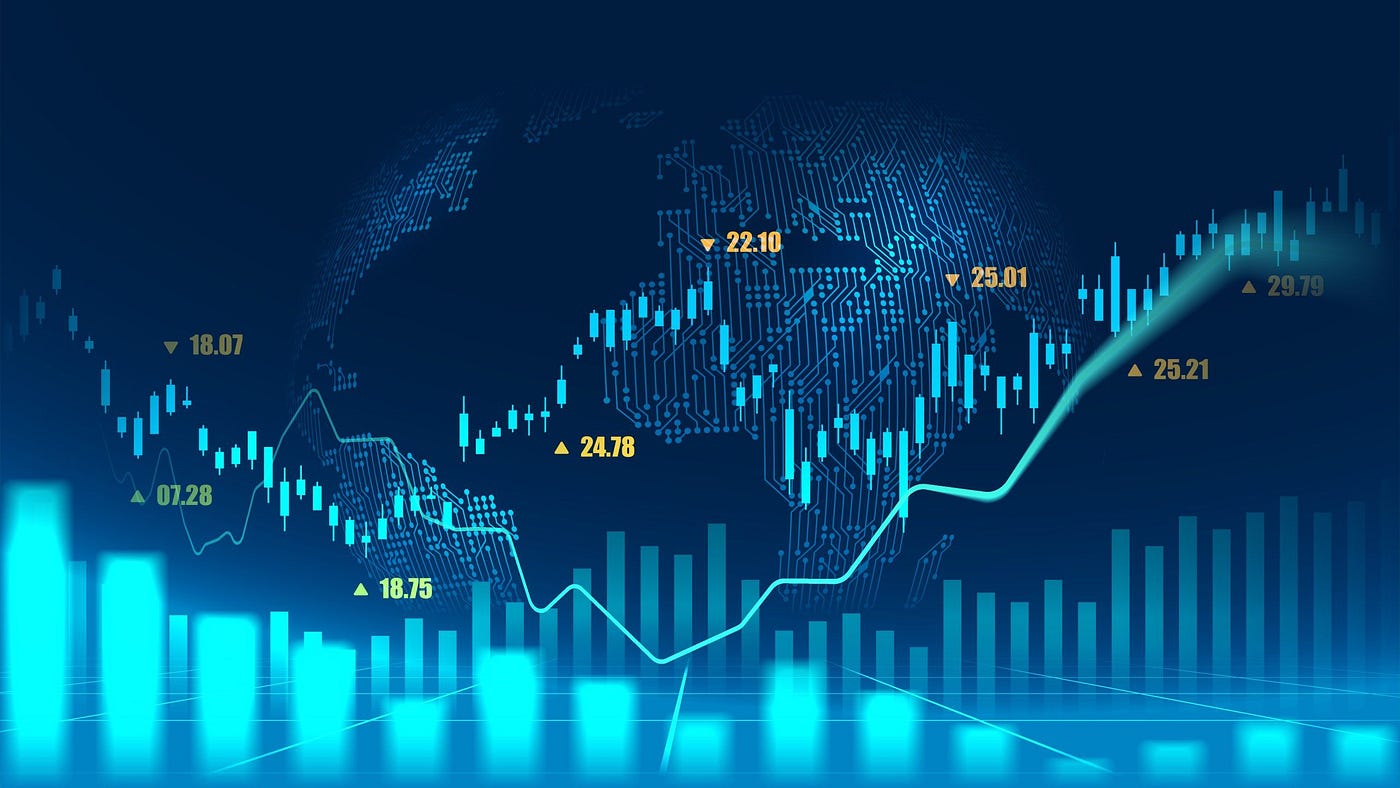Revolutionizing any domain has emerged AI and CFD trading is no exception. Artificial intelligence now stands out as a huge opportunity in fast-moving financial markets where sometimes decisions need to be made in seconds; the number of possibilities as well as innumerable numbers split between the traders to monitor vast amounts of data, identify trends and make those decisions that in normal circumstances would be hard for a human to consider in real time. It integrates the AI into the CFD trading and helps the traders improve their decision-making capabilities and enhance performance.
When it comes to CFD trading, AI focuses on the really big data sets, sometimes even in terabytes. Markets create torrents of data: price movements, trading volume, news headlines, economic reports. Traders would have to go through all such data over a long time and mostly end up putting all the volume activity through their various time processes. It is through the real-time processing of this data that AI identifies patterns and correlations which a human mind may not take note of at first glance. Even through machine learning algorithms from previous data, AI can learn so that it’s able to make more accurate predictions about the future as market scenarios keep on changing.
To enhance CFD trading in artificial intelligence, algorithmic trading has emerged as the biggest contribution; these algorithms can actually speed at which trades are executed far beyond what humans would ever be able to. Based on market conditions, these execute trades upon the predetermined criteria such that AI can take advantage of fractions of seconds to catch that second opportunity in the market. In CFD trading, speed matters; price movements can be very quick and leveraged. With AI, a trader would know exactly when to take a position or exit it without having a missed chance at a profit.
Risk management is another major area where AI proves its usefulness. In CFD trading, leverage can result in possible gain or loss magnitudes; thus, managing risk in trading is essential. Risk tolerance of an individual trader can be assessed by an AI and trading adjusted accordingly. AI-enabled systems can also run stop loss in view of real-time market conditions to ensure losses are offset within volatile values. AI can help the trader in diversifying portfolios with clear resource allocation and counter-checking correlation between assets while promoting changes due to fluctuation in market structures.
This will allow traditional technical analysis to be well-assisted with analysis of sentiment into enhancing the decision-making process. In any kind of textual data, ranging from news articles to social media feeds, AI can analyze it, by employing natural language processing techniques used to examine the overall feeling towards specific assets or markets as implied through it that later help AI systems to grasp such price movements as possible.
Given that AI has now become pertinent for CFD trading, traders are well equipped to make a more intelligent decision, react faster to market changes, and manage risks effectively. By algorithmic trades, analyses of real-time data, and sentiment tracking, AI gives a technological edge, which can help in enhancing performance. The world of finance continues to evolve rapidly, and so making AI part of the trading strategy will be gaining more importance and would be key in putting a trader ahead of the competition on an increasingly complicated and fast-moving ground.
